Yu Chengdong's Critique: Why the L3 Definition for Autonomous Driving is Unreasonable
![]() 06/09 2025
06/09 2025
![]() 540
540
The automotive industry has been abuzz recently with debates centered on autonomous driving.
At the 2025 Future Car Pioneer Conference, Yu Chengdong, Chairman of Huawei's Device BG, not only questioned his competitors' intelligent driving capabilities but also expressed his dissatisfaction with the L3 classification for autonomous driving. He stated, "The L3 regulatory standard may have borrowed from an outdated European standard years ago, and its definition is far from reasonable."
He further advocated for redefining autonomous driving standards in a manner that aligns with modern user experience and traffic safety.
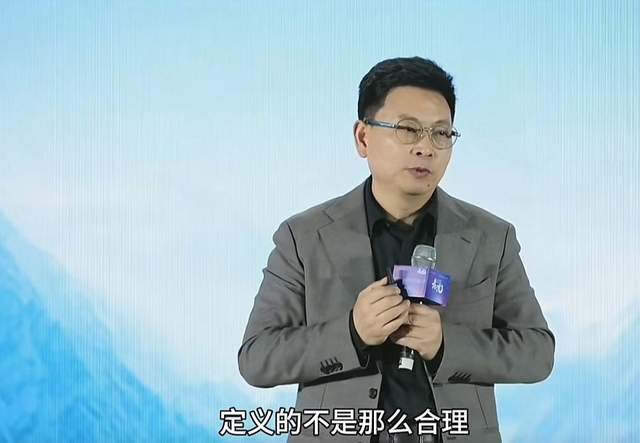
Many are puzzled. Isn't it common knowledge that autonomous driving is classified from L0 to L5? How did it suddenly become unreasonable? What is Huawei's motive behind this claim?
This question is crucial as it goes beyond corporate disputes and directly addresses the final hurdle for autonomous driving's commercial viability.
If this hurdle remains unaddressed, the significant transformation that autonomous driving promises—one that could potentially grace the front pages of technology history—may face significant delays.
The Classification of Autonomous Driving is Not Set in Stone
First, we need to dispel a misconception: the classification of autonomous driving is not as authoritative as generally believed. It has inherent flaws and is time-bound.
The widely recognized L0-L5 classification was first proposed by SAE International in 2014. This classification primarily focuses on the level of human intervention required by the autonomous driving system. For instance, L2 indicates partial automation with human oversight, while L5 signifies full automation without a steering wheel.
This classification is straightforward and has gained widespread acceptance. China's "Classification of Automotive Driving Automation" launched in 2021 also references this standard.
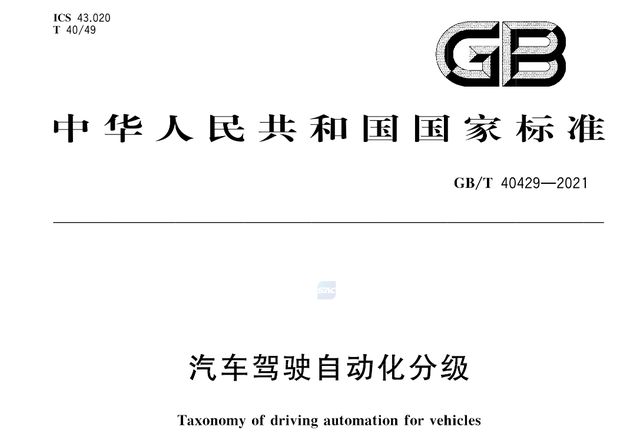
Admittedly, this classification scheme has effectively guided industrial development and resolved conceptual disputes. As the industry progressed towards L2, it clarified the step-by-step path for autonomous driving.
However, this classification is not a technical standard. In 2014, mainstream autonomous driving technologies were nascent, and no company knew how to achieve high-level practical autonomy. Therefore, the classification simply relied on the most basic human-vehicle control as a reference.
As a result, this standard leaves many unanswered questions at higher levels. For example, the only difference between L4 and L5 is the presence of a steering wheel. Is there a substantial technological gap between the two? Is the L3 mode, which requires the driver to take over at any time, truly reasonable?
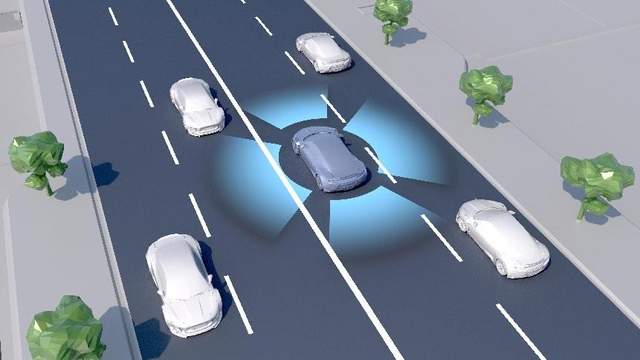
In summary, the classification of autonomous driving is a standard scheme based on a single criterion and limited thinking. While it broadly outlines the development trajectory, it fails to specify technical capabilities in detail.
Using an analogy, this classification is akin to a cooking exam that solely evaluates knife skills. Being able to cut precisely to one decimeter might qualify one as an L2 chef, while cutting to one millimeter earns the title of L4. While knife skills are important, they alone do not make a chef.
As autonomous driving technology matures and prepares to enter the market, the outdated and controversial classification begins to show its drawbacks.
The Obsolescence of Standards Begins to Create Problems
With advancements in sensing systems, decision-making algorithms, high-precision maps, and computing platforms, high-level autonomous driving is poised to enter the market. Automakers, supply chain enterprises, and regulatory bodies need standards to allow these vehicles into the market. However, the existing standards present numerous issues:
1. The L3 Paradox.
The L3 classification has been questioned since its inception due to its irrationality. At L3, the vehicle takes the lead in driving, but the driver must remain alert and ready to take over. This leads to a scenario where the car can hand over driving rights just before an accident, thereby evading responsibility.
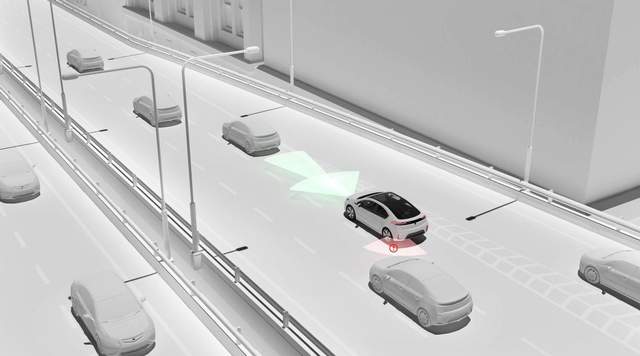
This behavior disregards life safety but adheres to the logic of the autonomous driving classification. Notably, many intelligent driving accidents this year have occurred in this manner. Thus, the unreasonable L3 definition has already caused serious consequences.
2. Ignoring Differences in Driving Scenarios.
Another flaw in the classification is that it fails to distinguish between driving scenarios. Driving in an open, uninhabited area in northwest China is vastly different from navigating Beijing's hutongs. Requiring a uniform autonomous driving capability across all scenarios can hinder the application of mature technologies.
Yu Chengdong emphasized, "If you can handle L3 in urban areas, you've essentially achieved L4." I've been to India and witnessed their complex traffic conditions. If all autonomous vehicles had to adapt to Indian traffic, humanity might have to wait another century.

3. Denying the Rationality of Specific Functions.
The classification also fails to distinguish between specific functions, particularly automatic parking. The ability to park autonomously in a closed lot is distinct from full autonomous driving but is lumped together in the classification. This leads to restrictions on functions like automatic parking and vehicle exit from parking lots.
The core issue with the autonomous driving classification lies in its simplicity and the large number of gaps it leaves. These gaps have led to unclear accident responsibility, difficulty in distinguishing scenarios and functions, and inability to differentiate between autonomous driving capabilities of different products.
The ultimate result of such a vague classification is that the industry is forced to wait.
Autonomous Driving Cannot Afford to Wait for the Least Capable Vehicle
Under the current classification standard, laws and regulations do not support L3 autonomous driving on public roads. Due to the lack of detailed standards, autonomous driving capabilities are generally restricted under the broad label of "prohibiting L3."
This situation has triggered a series of chain reactions.
Firstly, automakers looking to bring autonomous driving to market must circumvent the classification and use subjective terms like "intelligent driving." These terms lack standardization, allowing automakers to use them freely without regulatory oversight. Inevitably, automakers with insufficient capabilities experience safety incidents, prompting tighter regulations that delay the market entry of all autonomous driving products. High-capability automakers suffer the most from these delays.
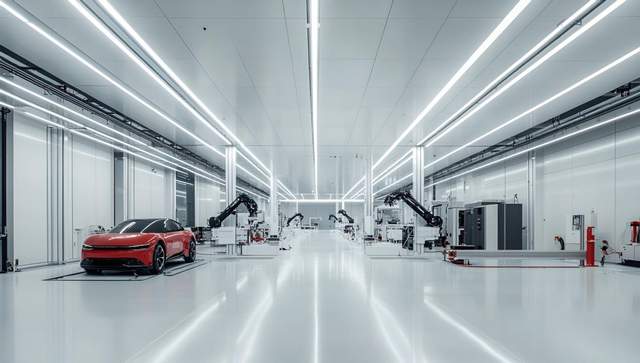
Analyzing this logical loop reveals that unclear standards play a significant role. All autonomous driving capabilities are lumped into the "less than L3" category, obscuring the distinctions between models and tightening restrictions on mature functions. This ultimately delays the entire autonomous driving transformation.
It's akin to a school exam with only two options: full marks or zero. Students must score full marks to move on, giving a significant disadvantage to those capable of scoring above 90 and complacency to those scoring zero.
This is why Huawei strongly advocates for breaking the existing classification system and achieving a more detailed and diverse classification of autonomous driving.

Autonomous driving represents a groundbreaking technological transformation. Its potential is immense, necessitating caution as we approach its realization. True caution involves formulating detailed, specific, and contemporary standards to propel the industry forward.
Establishing new common sense often begins with dismantling the old. In the era of autonomous driving's commercial viability, our new common sense may very well be built by shattering the outdated classification concepts in our minds.








